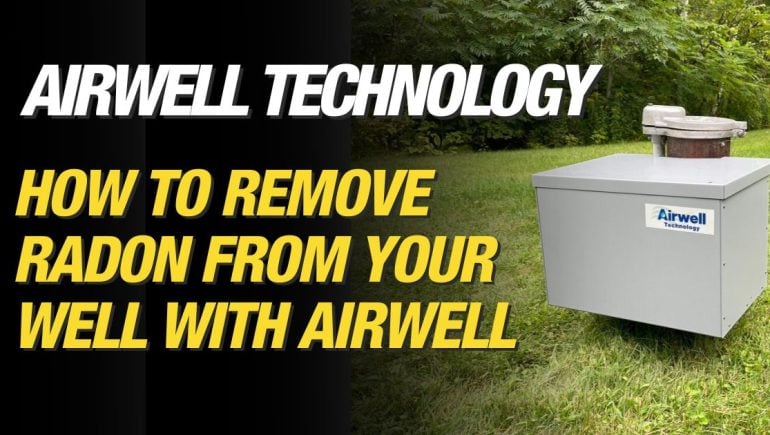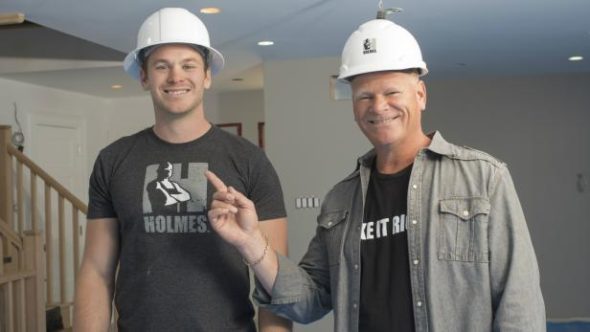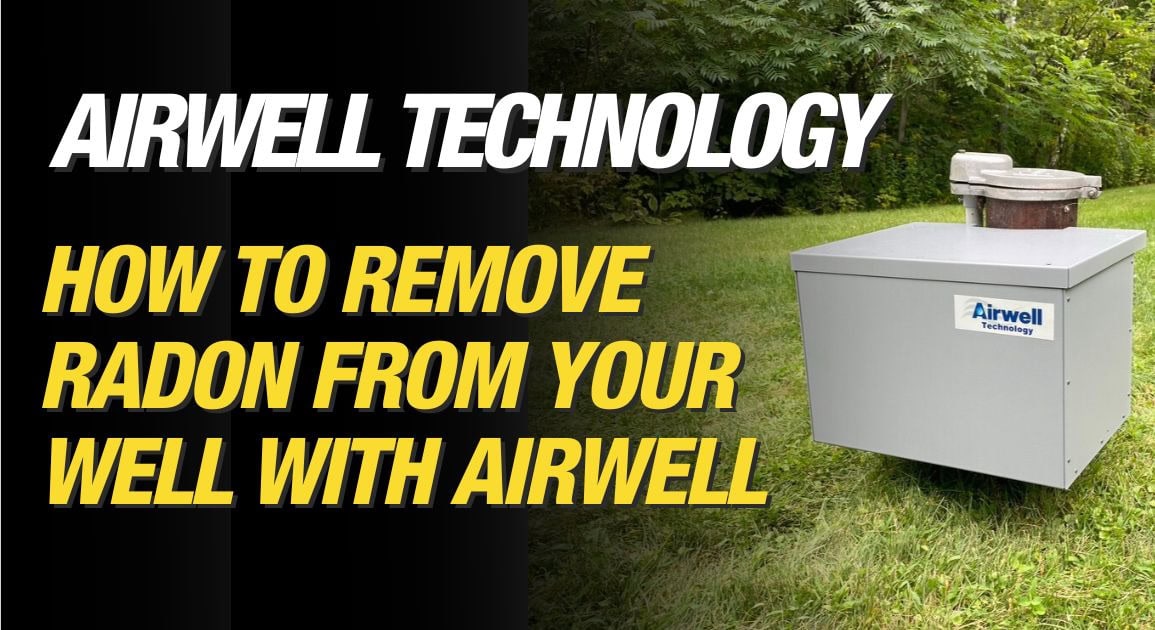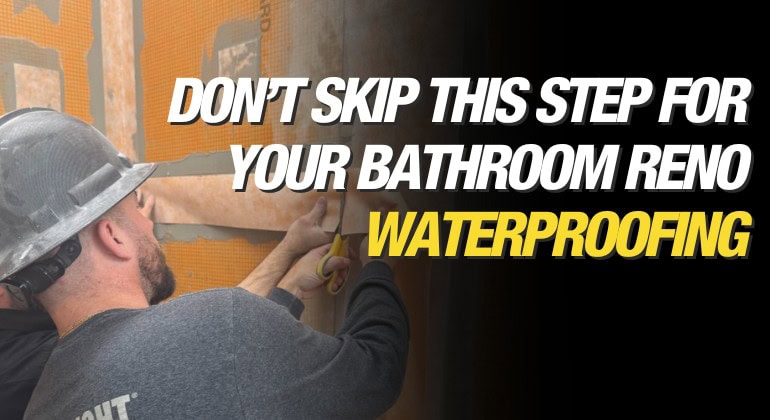Real Stories, Smart Solutions, and Building for the Future If you’ve ever dealt with a renovation gone wrong, felt overwhelmed by home maintenance, or just wanted to understand how to...

The Airwell – How To Remove Radon From Your Well
By Mike Holmes
Mike’s Advice / Home Safety & Maintenance
Tuesday, May 7th, 2024 @ 10:46am
How to Reduce Radon in a Home Ground Water
What is radon? Radon is a radioactive gas that comes from the breakdown of uranium in soils, rock, and water. In enclosed spaces like residential and commercial properties, it can accumulate to dangerously high levels.
Radon is the 2nd leading cause of lung cancer after smoking. It’s a colourless, odourless, tasteless gas so the only way to know how much is in your home is through testing. Since radon naturally occurs in the soil and rock it makes sense that radon can be found in your water source.
RELATED
Radon has been a reoccurring topic of discussion for me for many years now. Here are the 7 most frequently asked questions I get about radon.
Is Radon Test Necessary for My Well Water?
I’ve always been a big believer in testing your home for radon. If you’ve been paying close attention to Holmes And Holmes, you’ll know that we test every single one of our projects for radon gas. As the number one cause of lung cancer for non-smoking Canadians, it’s important to me, that we take steps to mitigate this potentially deadly gas.
I always knew we needed to test for radon in the air of our homes, but when David from Radon Environmental Management Corp told me that well water could also be an entry point for radon gases, I was shocked! Not only was our country house running on a private well system, but my own house is also on a well supply, too!
Knowing that we had our inspectors test the well water at our country home, and it tested positive for elevated levels of radon.

My son and I know how to incorporate a mitigation system when radon gas seeps in through our basement slab, but what do you do about your well water?
Understand Radon In Your Well Water
When groundwater supplies come from the aquifer, without access to atmospheric oxygen, the water can’t properly vent. That means that gases like radon, methane, sulphur and other volatiles can accumulate in these water systems.
When water and air come in close contact these gases are removed and is known as the aeration process. If your water system is treated – the aeration process is usually the first step in treatment. When radon enters your water supply, you need to find a way to get it out.
DID YOU KNOW?
When radon gas dissolves into well water, every time you shower, wash clothes, or even run the tap, you’re releasing this gas into your home. Not to mention, even drinking this contaminated water could lead to higher instances of stomach cancer.
How Do You Know If You Have Radon In Your Well Water?
To find out more about testing for radon, and other volatiles in water, contact Radon Environmental Management Corp and watch the video below.
The easiest way to purchase a radon test kit is here. You can also find them in some local hardware stores and most test kits are less than $50.
To find out more about radon testing and mitigation please check out
The Airwell
The Airwell is a new technology from Radon Environmental Management Corp designed to mitigate radon gas, methane and other volatiles in your well water. Most mitigation units treat the water once it enters your home – the Airwell is different because it mitigates the radon and all dissolved gases right in the well before it enters your pipes.

Airwell guarantees 92% to 99% reduction of all dissolved gasses in well water
How does it work? It’s pretty simple. A steady source of air is provided in an aeration tube that extends all the way to the bottom of the well.
This air injection lifts the water column in the tube to pour an aerated flow of water onto the top of the water level of the well itself. In a few hours, all the water in the well will have passed through the aeration cycle several times as water is drawn from the bottom of the well and returned to the top.
The injected air strips previously trapped gases out of the water. Aeration is one of the simplest, chemical-free procedures for stripping radon and all dissolved gases from your water – and if your well water had access to an air source, it’s a process that would often happen naturally.

The new Airwell is the only well head solution on the market – it’s maintenance free and 90% quieter than the previous model. If I’m using well water, I want this as part of my system.
Did You Know?
Airwell guarantees 92% – 99% reduction of all dissolved gasses in well water (*terms apply), including radon, methane and other volatiles. It can also remove odours from the water such as rotten egg smells.
Can I Install The Airwell By Myself At Home?
While the Airwell system by Radon Corp offers a powerful solution for mitigating radon and other volatiles like methane and sulphur in well water, it’s important to note that this is not a DIY project. For safe and effective radon reduction, proper installation is very important.
Certified Radon Corp dealers have a lot of training and experience to ensure that the Airwell is installed and adjusted to exact specifications. This guarantees that the system runs smoothly and efficiently, reducing radon levels and all dissolved gases to the greatest extent possible while complying with safety standards.
RELATED:









